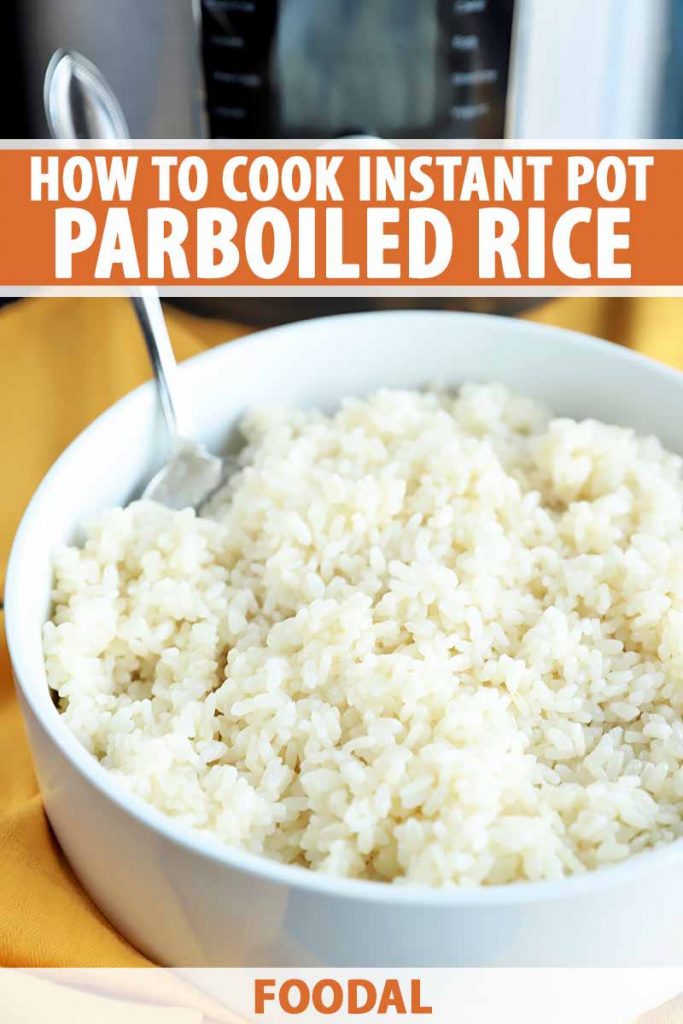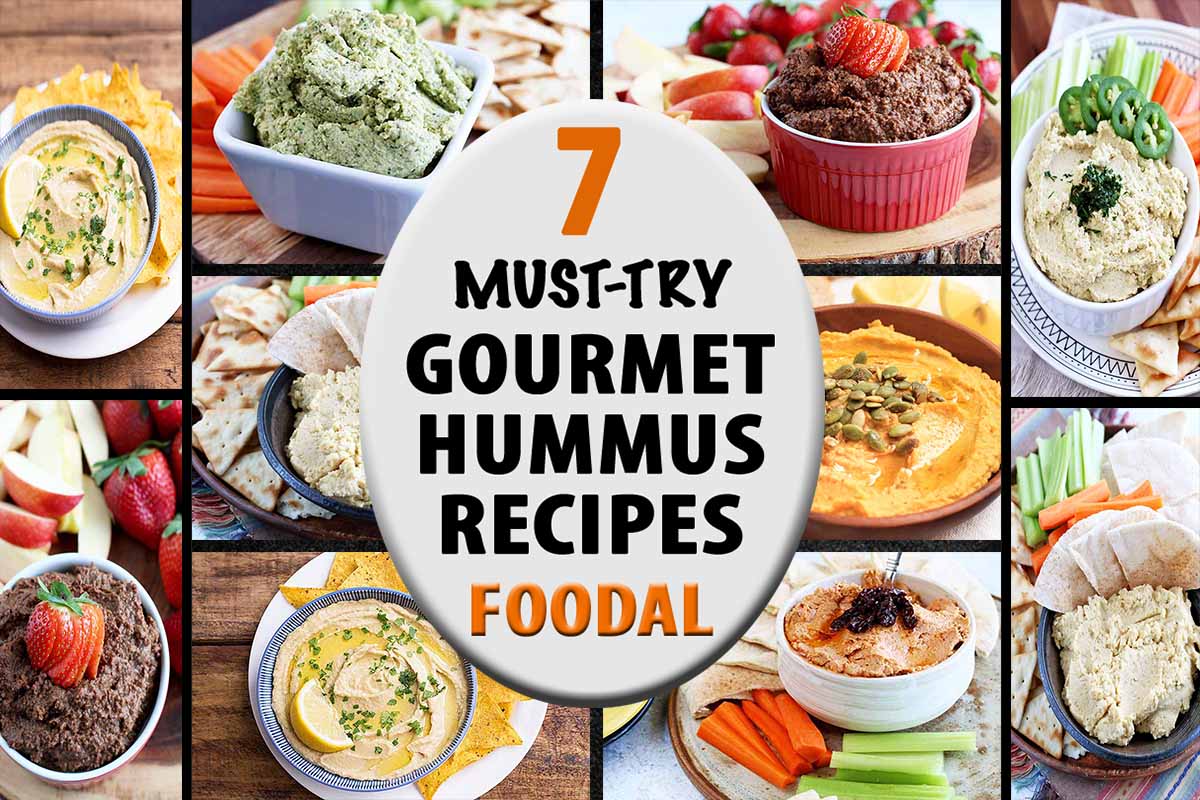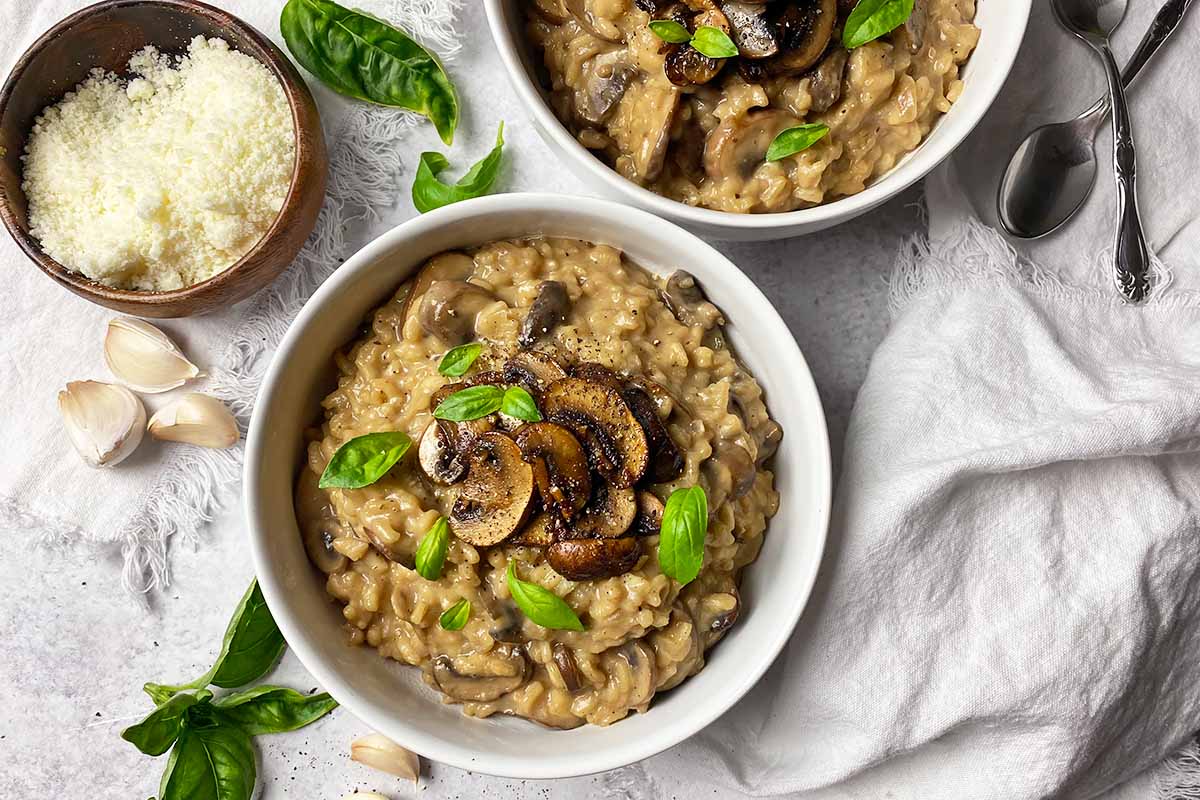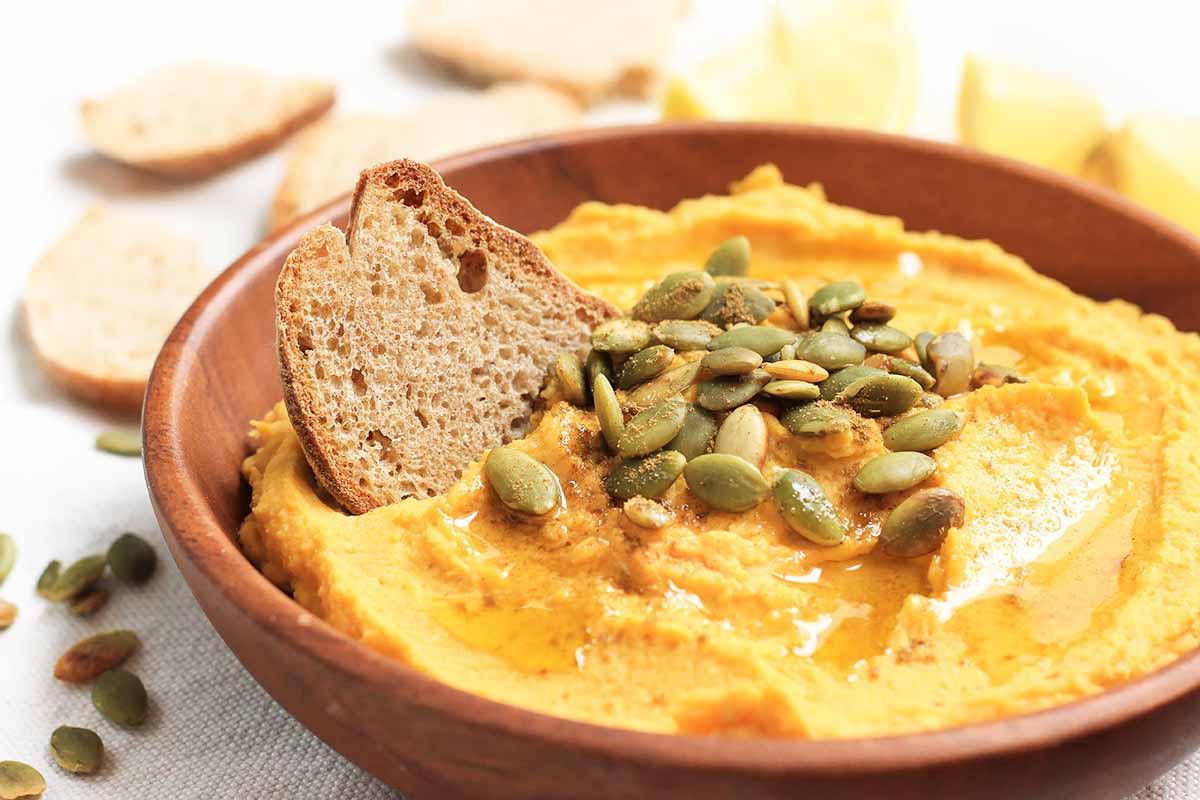What’s your favorite side dish? For me, it has to be rice, preferably cooked the easy way, in my Instant Pot.
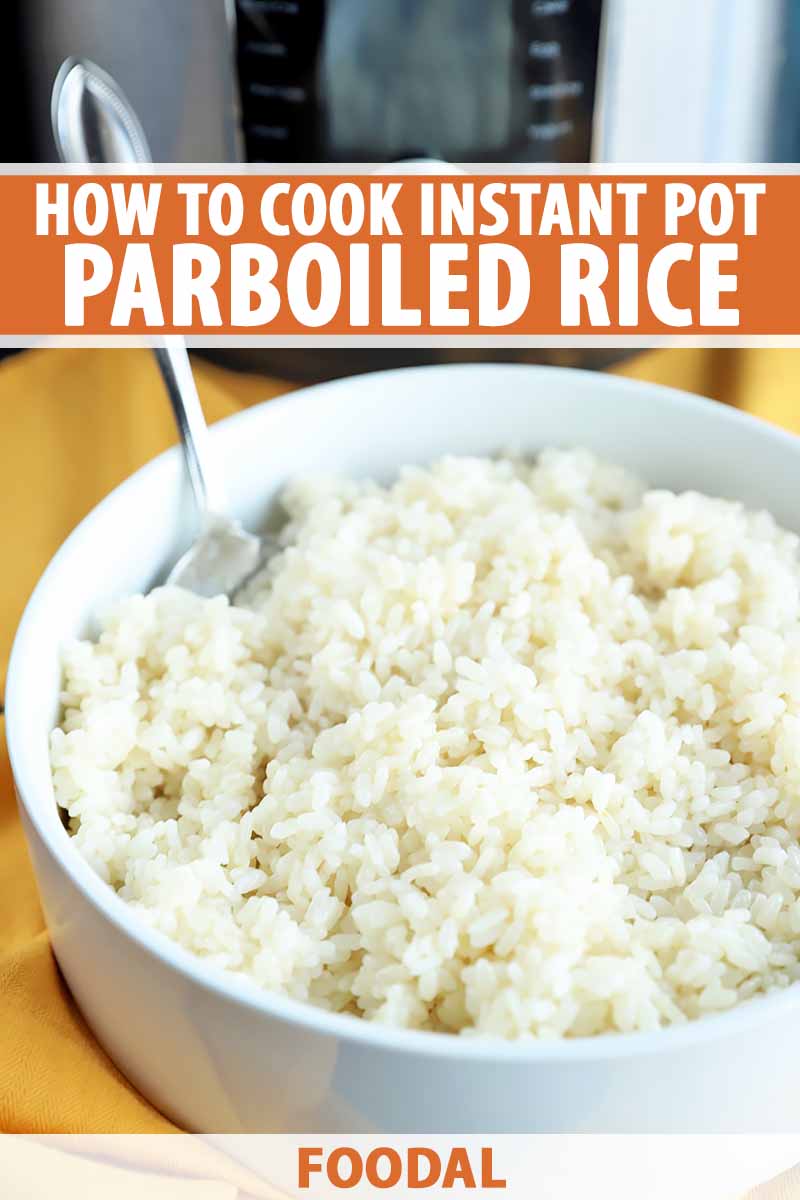
It’s just so darn versatile, whether you are serving it in a sushi bowl or you are making it into risotto to go along with your favorite protein. And it’s delicious served simply as well, with just a little butter, salt, and pepper.
There are so many types of this tasty grain out there, but my guess is you might not be so familiar with this one. To be honest, I think it doesn’t get as much attention as it should.
The parboiled variety is one of my favorite types to prepare. However, this wasn’t always the case.
I’m all about this gluten-free grain in all of its various forms. But I used to usually turn to the white variety, in a medium or long grain size. This was the standard in my household growing up.
From the time when I first stumbled upon the parboiled kind, my mind was changed immediately.

I will never cease to be amazed by how much variation there really is between the different types of grains that are available. And when you’ve had the pleasure of cooking many of them side by side – as I did recently, while preparing these how-to electric pressure cooker guides for you! – you can really see, feel, and taste the difference.
This type may come as a bit of a surprise, offering the texture of white, combined with the healthy benefits of brown. And I’m excited to help you to cook yours to the perfect level of doneness with this easy prep method, in one of my favorite kitchen appliances.
But what is it all about, what does “parboiled” really mean, and how do you prepare it? Here’s what’s ahead in this guide:
What You’ll Learn
What Is Parboiled Rice?
Well, for starters, this type has a texture and flavor that make it unique in comparison to the standard white grain. It’s incredibly nutrient dense, so it is a healthier option than the refined white types.
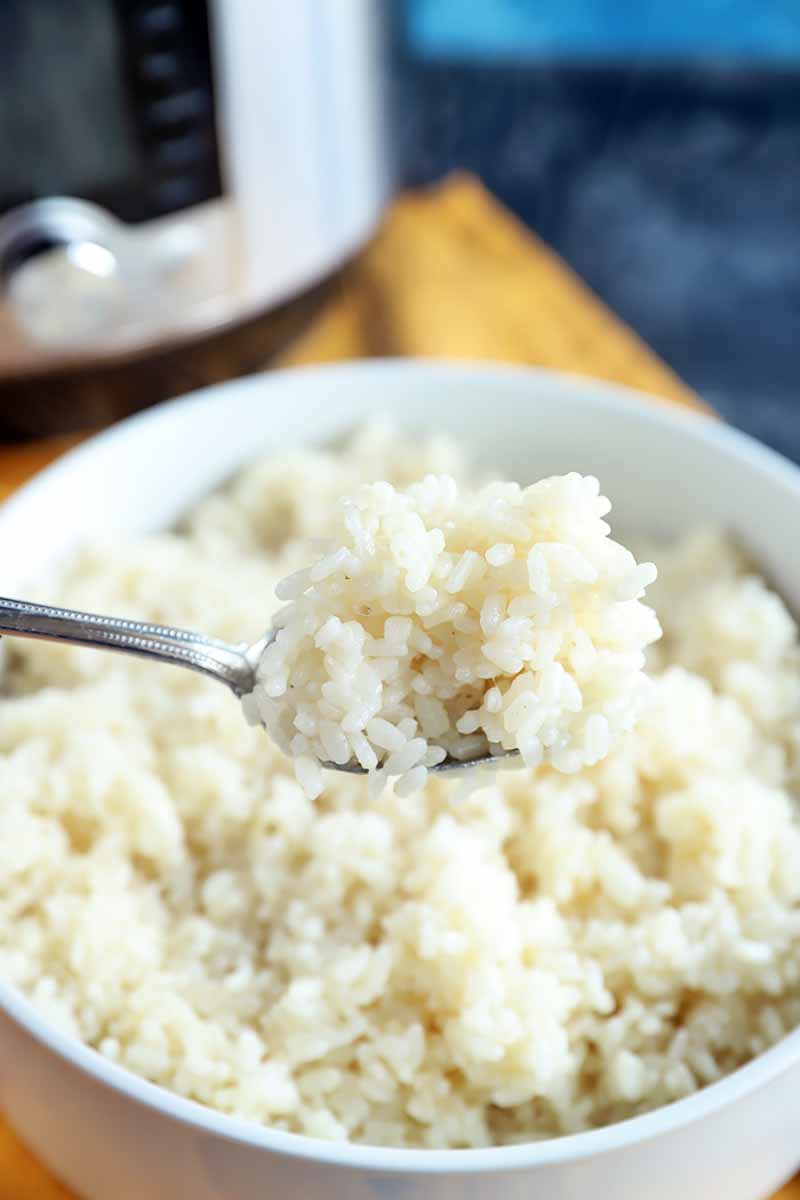
Also known as converted rice, it is soaked, steamed, and then dried, making it easier to process for sale and more shelf stable, with better resistance to pests like weevils in storage.
This method of preparation after picking the grain has a long history, particularly in parts of Africa and Asia, and historically, these methods made it easier to process by hand.
The parboiled variety is prepared by partially boiling it in the husk after it is harvested. It is not polished like a typical white variety, and steaming allows some of the nutrients to actually move from the nutritionally dense bran into the starchy endosperm. This means it is comparable from a nutritional standpoint to the brown whole grain type.
I highly recommend trying it if you haven’t before, because the flavor and texture really are outstanding, with added nutritional benefits to boot!
What Makes This Grain Healthier?
As I mentioned before, this type is partially precooked in its inedible husk before being processed for consumption.
As a result, it takes on a pale yellow color. It is not quite as stark white as the common polished variety, but not as dark as the brown grain either, and nutritionally, it also lands somewhere between the two.
Parboiled rice is higher in fiber, protein, calcium, and potassium than the polished white grain.
Serving Suggestions
The parboiled variety can be used in the same ways you would use any type of rice. It can be cooked in the electric pressure cooker (my favorite cooking method to save time, with perfect results!) and served as a side dish, or you can use it in your favorite recipes.

Here are some of my favorite ways to use it:
Pilaf
A simple preparation to give the grain more flavor, with onions, garlic, chicken or vegetable broth, and fresh herbs.
Cilantro Lime
Any burrito lover probably knows this flavor combo well, and I know I love it. Wrap it up in a tortilla, or serve it in a bowl.
You can find our version of this recipe here.
Casserole
There are so many different casseroles that you could make, but one of my favorites with this type of grain is one that incorporates chicken, vegetables, and plenty of cheese before being baked to ooey-gooey perfection in the oven.
Vegan Mexican lasagna is another tasty option that uses corn tortillas and rice as the base. Find the recipe here.
Salad
You’ll find practically endless possibilities in this category as well, and cold salads made with grains are super delicious.
A few of my favorite options are to make the flavor profile Italian, Mexican, Greek, or Indian style, or perk up your taste buds with the fresh flavors of citrus or tomatoes.
You could also go savory with lemon and parsley, or sweeten things up with apples, dried cranberries, and peas.
Biryani
This is one of my favorite Indian dishes to make at home that features this grain. You can prepare it with meat such as chicken, goat, beef, or lamb along with the grain and vegetables, or skip the protein and make it vegetarian style instead.
How to Cook Parboiled Rice in the Electric Pressure Cooker
Ready to get cooking? This quick and easy method is one of my favorite ways to get my grain going for dinner, with consistent results each time I make it.
Step 1 – Measure Ingredients and Rinse

First, measure out all of your ingredients. You will need:
- 2 cups parboiled rice
- 2 cups water
- 2 tablespoons unsalted butter
- 1/4 teaspoon salt
Rinse the grains a few times with cold water in a fine mesh strainer, until the water runs clear and is no longer cloudy. Drain well. Transfer to the insert of your electric pressure cooker.
Step 2 – Pressure Cook
Add the water, butter, and salt to the insert.
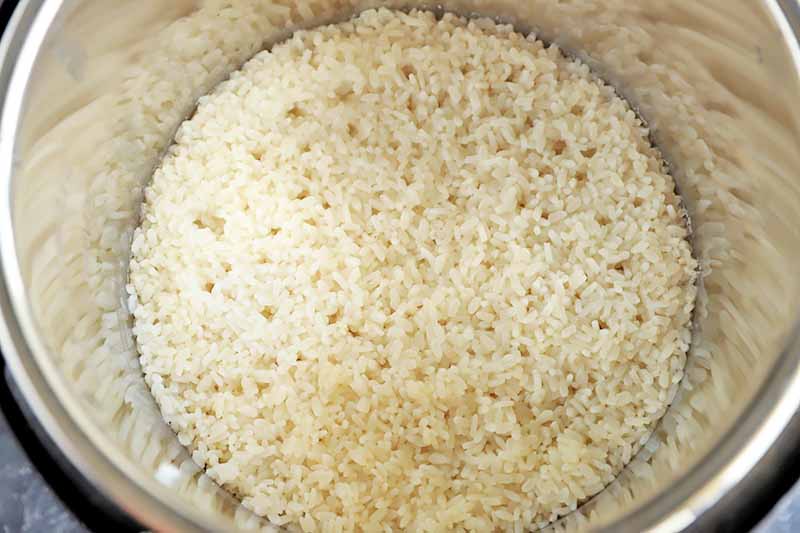
Close the lid, and pressure cook on High pressure for 12 minutes.
Quick release the pressure.
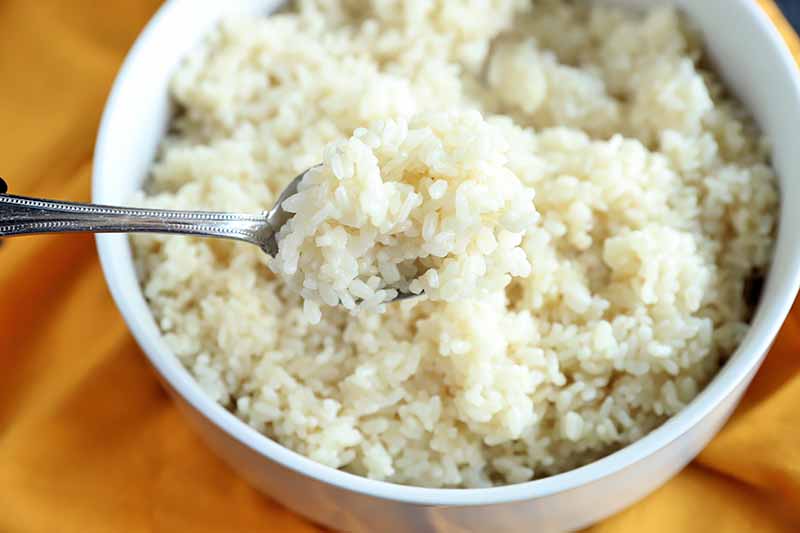
Open the lid and fluff with a fork before serving.
Note: If you are using an Instant Pot, you can also use the pre-programmed Rice setting to cook this type.
Does This Variety Cook Faster?
Though it has been boiled already, the parboiled variety actually does not cook faster than other types, such as a whole grain brown type. Thankfully, the pressure cooker speeds up the process regardless, and this still beats tending to it over the stove.
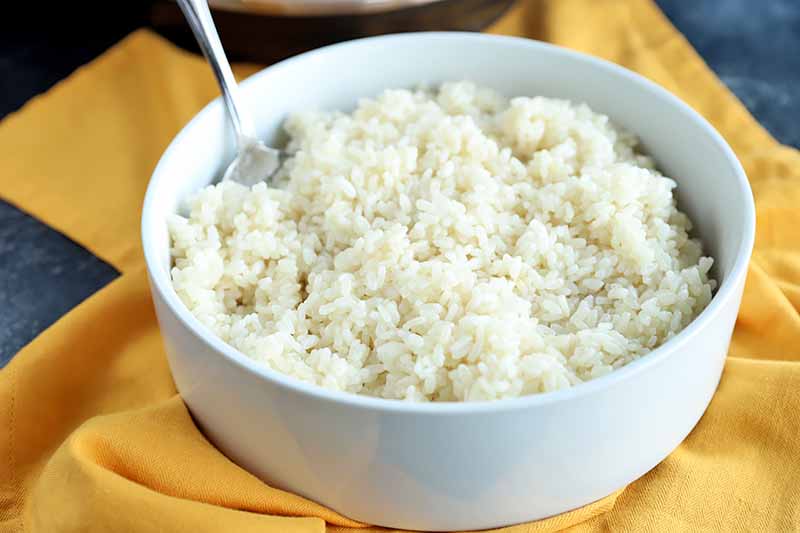
It actually takes a similar amount of time to cook as other grains, but its flavor and texture are the true selling points of this variety, plus the boost of added nutrients that it has to offer.
Still hungry? Learn how to make even more types of this tasty gluten-free grain in the electric pressure cooker next with these helpful tutorials from Foodal:
Will you enjoy your first batch as a side, or incorporated into a recipe? Tell us in the comments below!
Photos by Meghan Yager, © Ask the Experts, LLC. ALL RIGHTS RESERVED. See our TOS for more details. With additional writing and editing by Allison Sidhu.
About Meghan Yager
Meghan Yager is a food addict turned food and travel writer with a love for creating uncomplicated, gourmet recipes and devouring anything the world serves up. As the author of the food and travel blog Cake 'n Knife, Meghan focuses on unique foodie experiences from around the world to right at home in your own kitchen.

